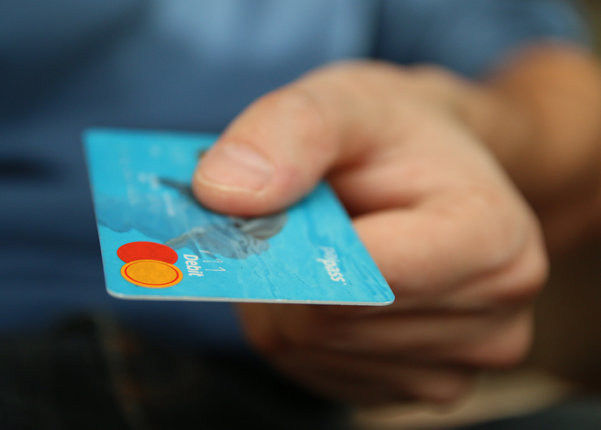If you’re a retailer, one truth is clear: your success depends on your ability to adapt.
Professionals in retail need vision to meet challenges both present and future. More important, they need tools to help them create processes that work. Which tool will help retailers rise above competition, create a loyal customer base and increase sales? It’s the planogram program.
What is a Planogram?
A planogram is a tool that outlines product placement – giving the retailer key insights to make every inch of a store’s space profitable. In essence, planograms provide a model or schema for shelf planning. The tool illustrates where products are best placed on the selves of a store. It also details what quantity of merchandise is shelved.
This is essential, as visual merchandising has a direct impact on sales.
A planogram software takes into account the fact that consumers are visual creatures who respond to visual stimuli. Therefore, planograms can be designed to generate a visual response that places each product in a location that best attracts the consumer’s view.
How to Choose a High-Quality Retail Planogram Software
Though retailers discovered and began using planograms decades ago, not every planogram offers the same advantages. If you are a retailer looking to adapt to the changing needs of your market, you’ll need a tool best suited for the challenges — one that is automated, puts the consumer first and is designed with ease-of-use in mind.
Automation:
Planograms of the past were handwritten or generated using spreadsheets. What do these have in common? They are manual, meaning they not only take more time but lack an automation process which would make it easy for retailer to focus their energies on other tasks. For instance, if you are the kind of retailer that runs several stores, an automated planogram program would simplify the process. No longer would large retailers need visual merchandisers who grind hours away creating a planograms for each store. Choose a program that automatically updates and creates planograms with ease, whether you manage multiple stores or a large team.
Customer-Focus:
The purpose of any planogram is to maximize sales by optimizing a retailer’s ability to place merchandise in areas where the products will most likely attract the attention of consumers. For this reason, the best planograms are designed from the customer’s perspective. Before selecting a retail planogram software, determine how it improves your ability to provide value to your consumer.
Remember, a planogram that places the consumer’s needs first will drive sales and help you satisfy the needs of your customer base.
Data-driven:
How can you tell if a software will meet the needs of your store? To answer this important question, a retailer must consider the impact of data.
Look for software with clear insights that drive profits. For instance, determine if the tool empowers category managers and visual merchandiser by amplifying their ability to use sales data. In essence, the planogram must be able to prove its value through the insights it gleans from data. More important, use a planogram program that can provide clear-cut, real-time insights about projected sales outcomes. This will help your team manage expectations, track progress, and showcase real results.
Ease of use:
One of the challenges retailers face — particularly those with big businesses – is aligning their planogram or visual merchandising strategy to fit multiple stores. This usually involves a team of category managers and visual merchandisers who require access to a high-quality planogram they can use as a guide without jeopardizing the potential of each product facing. A planogram that is easy-to-use while innovative can be quickly adapted by large teams to ensure the success of a retailer’s merchandise.
This is an essential characteristic retail professionals must never undervalue. After all, a team is more likely to implement a tool that is easy to master than one that proves more difficult to use than it is worth. Take 3D planograms, for instance.
Are Planograms Worth Purchasing?
The right planogram software is worth it. But knowing how much your visual merchandising efforts are worth is up to you.
Retailers ready to face the challenges of a competitive market are prepared to adapt by spending money where it is best suited.
Some planogram programs can be expensive, no doubt – but in most cases retailers with large inventories gain far more benefits than the cost of these programs. The key is to do proper research. Find out the price range on the market, ask for a demonstration. Above all, put your customer first. That’s what visual merchandising is all about.


Thanks for the wonderful article